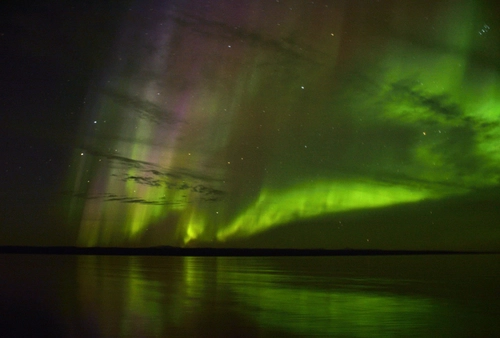The Greenland shark, or Somniosus microcephalus, is one of many fish that inhabit the waters around Greenland, though this is not the only area in which the shark resides. These sharks, sometimes referred to as “gray sharks” or “gurry sharks,” can also be found in the north Atlantic Ocean near Iceland, Norway, and Canada.
1. Greenland sharks are really, really big
If you are looking for a Greenland shark, it is important to have a good understanding of their physical dimensions. Greenland sharks are among the largest sharks in the world, comparable in size to great whites. They have been known to grow as long as 6.4 meters (21 feet) and as heavy as 1,000 kg (2,100 pounds), though the typical Greenland shark weighs around 400 kg (880 pounds) and is about 2.44 to 4.8 meters long (18 to 15.7 feet).
2. The meat of a Greenland shark is poisonous
Greenland shark meat can cause symptoms in humans similar to severe inebriation, and the neurotoxins in their flesh can even be incapacitating to sled dogs. This toxicity is due to trimethylamine oxide (TMAO) in the tissue of Greenland shark flesh, which helps the fish stabilize their enzymes and structural proteins against the debilitating effects of severe cold and high water pressure. Nonetheless, Greenland shark meat can be prepared in a fermentation process that removes the TMAO, resulting in a much-enjoyed national dish of Iceland. This dish, known as Hákarl or kæstur hákarl, is prepared by hanging the meat of the Greenland shark up for four to five months, thus removing the adverse effects of the neurotoxins.
3. Greenland sharks do not attack humans
There are some early Inuit legends that claim Greenland sharks have attacked numerous kayaks, but the reality is that there is not one documented case of such an encounter. Greenland sharks are large and strong enough to easily injure or kill a human if they feel threatened, but history has shown them to be especially non-confrontational.
4. Swimming unseen is a Greenland shark talent
It is understandable that people who take Greenland cruises may want to see Greenland sharks, but in fact the odds are rather low. This species was not even captured on film for the first time until 1995, and it took 18 more years for anyone to get a video that depicted Greenland sharks in their natural environment.
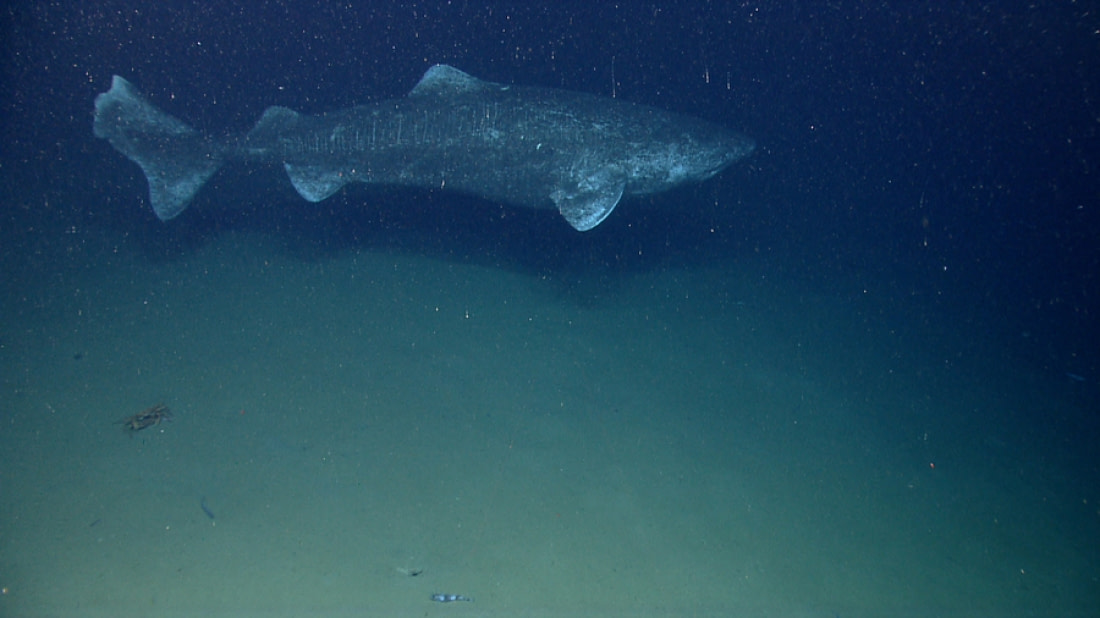
5. Greenland sharks are master divers
One of the primary reasons Greenland sharks are spotted so infrequently is their ability to dive to such extreme depths. Researchers have recorded them going as deep as 2,200 meters (7,218 feet), and they can sometimes be found relaxing on the slopes and shelves far under the ocean’s surface.
6. No food is too good for a Greenland shark
Vultures have earned a reputation for being nature’s garbage disposals, and the same can be said of Greenland sharks. Although these fish can be found eating seals and fish, Greenland sharks are believed to be primarily scavengers, nourishing themselves on any flesh they can find. Whether living or dead, no dish is turned down by a Greenland shark.
7. Greenland sharks know that slow and steady wins the race
Perhaps because they will eat almost anything, Greenland sharks never seem to be in a hurry. Their average pace of 0.3 meters per second (0.76 mph) is so slow that they are also known as “sleeper sharks,” and they can only increase their speed for short bursts. Even so, the size of a Greenland shark helps protect it from any would-be predators.
8. The colder the water, the happier the Greenland shark
All sharks are cold-blooded, but this particular species truly thrives in a frigid environment. Greenland sharks prefer to stay in water ranging from -1 to 10°C (30.2 to 50°F), and they migrate to the coldest part of the water each season. Indeed, Greenland sharks are the only known shark species that can tolerate Arctic conditions all year long.
9. Greenland sharks are Earth’s longest-living vertebrates
Analyzing the eyes of Greenland sharks, scientists have discovered the possibility that these fish can live to 400 years old or more. The transparent tissue in the Greenland shark eye lens is metabolically inactive, with new layers added throughout the shark’s lifetime, much like the rings of a tree. The scientists examined the lens tissue of 28 female Greenland sharks captured in the north Atlantic, using radiocarbon dating to measure the amounts of a particular carbon isotope absorbed by the innermost part of the lens.
Age estimates of the two biggest sharks placed them at around 335 to 392 years old. The analysis of all the shark tissue indicated that the lifespan of a Greenland shark ranges between 252 and 512 years, with 390 the likeliest average. Even if Greenland sharks typically lived only to the lower range of that estimate, they would be the longest-living vertebrate known to science.
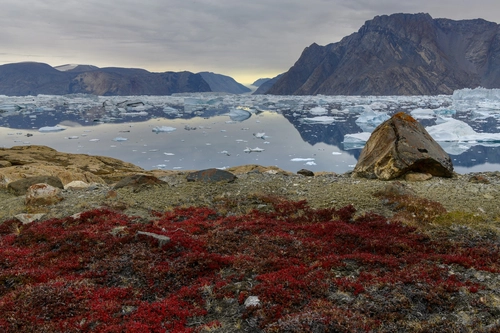
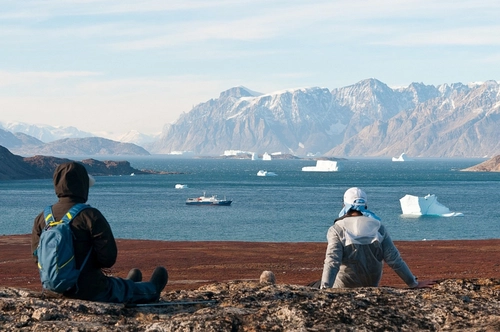


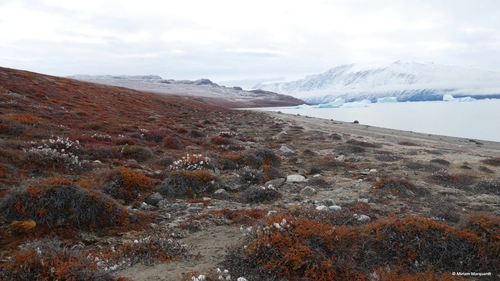
Related Trips
Blog


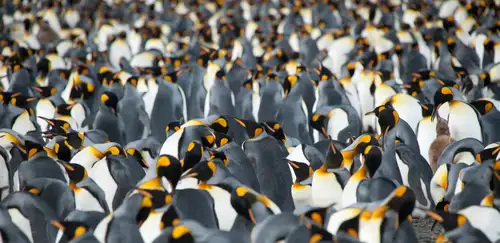
Experience King Penguins, Seals and More in South Georgia
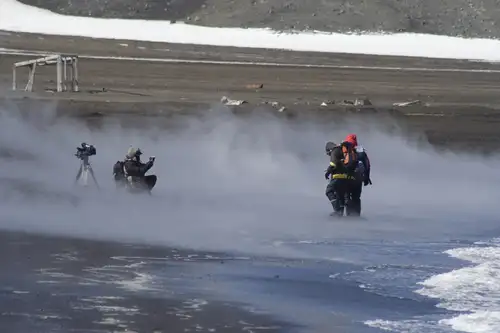
Deception Island deceptively active
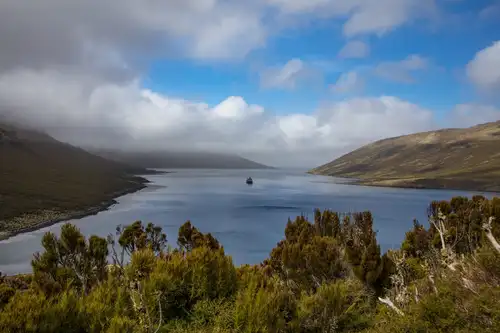
Visiting the Nearly Unknown: New Zealand’s Campbell Island
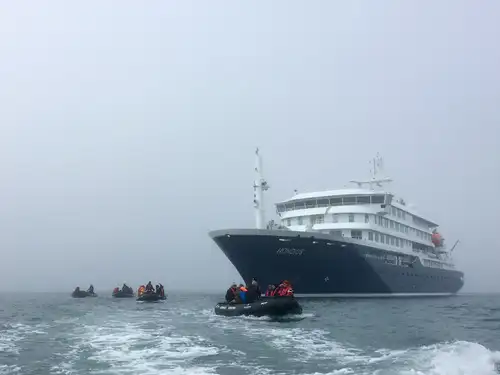
Highlights from the First Arctic Voyage of Hondius
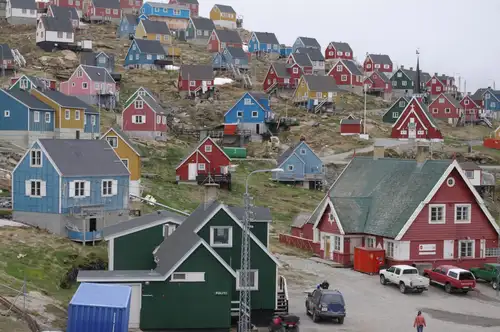
10 Traits of Post-Ice-Age Greenland
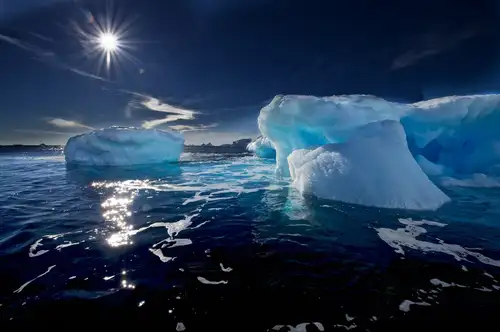
Everything you need to know about Antarctic icebergs

10 Common Misconceptions About the Arctic
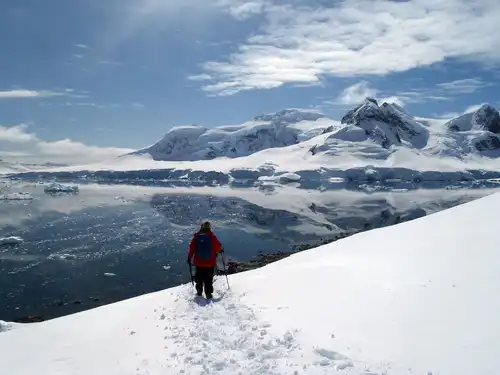
Explore Antarctica Without Leaving Your Couch
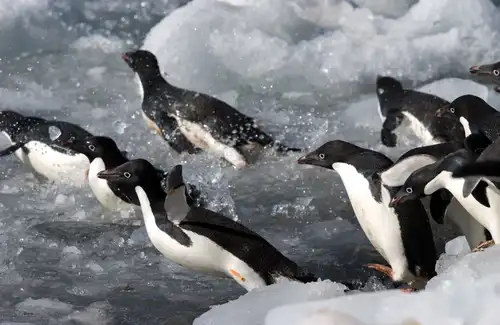
Adélie Penguins: the Little People of the Antarctic
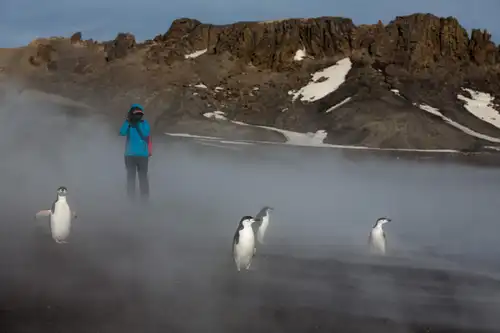
Graham Land: A landscape dominated by volcanoes
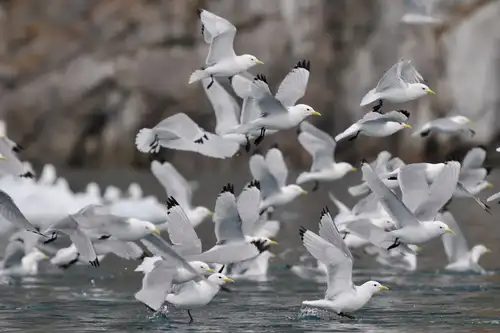
Five Birds You Might See on Your Greenland Cruise
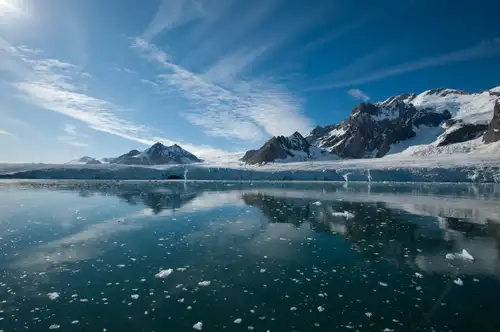
A Bug’s Life in Svalbard
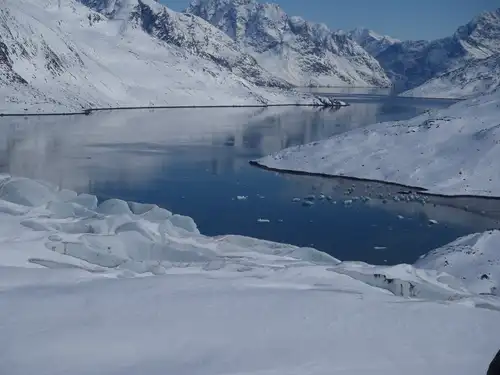
8 Scientific Wonders of the Arctic
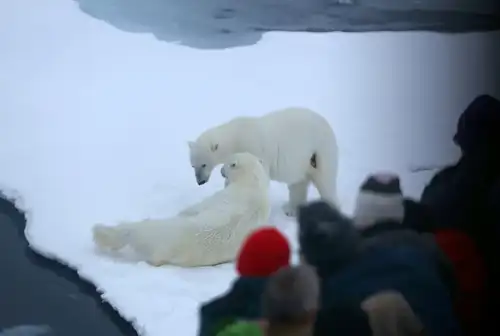
The Pack Ice and Polar Bears of North Spitsbergen
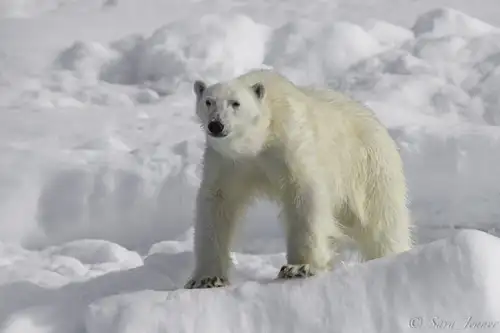
International Polar Bear Day
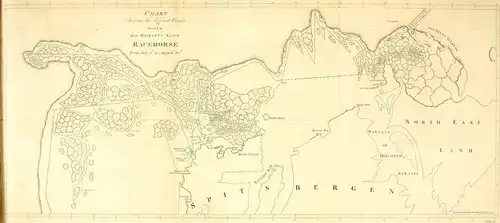
First to the North Pole: Five Failed but Brave Expeditions
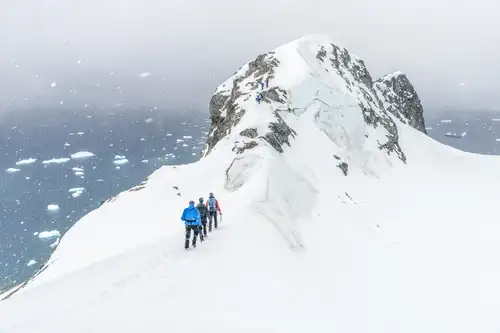
The Ins, Outs, and Ups of Polar Mountaineering & Ski Mountaineering
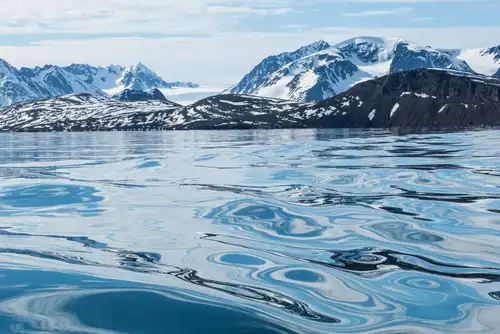
Freshwater ecosystems in the Arctic
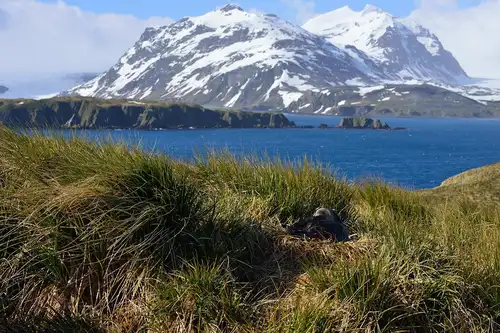
The Plants of Antarctica
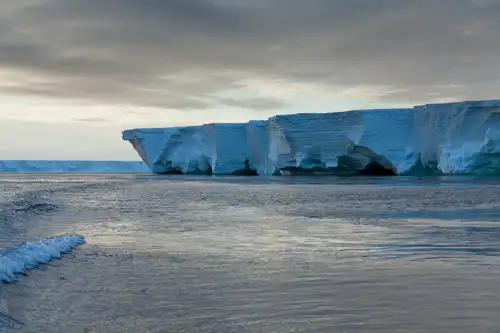



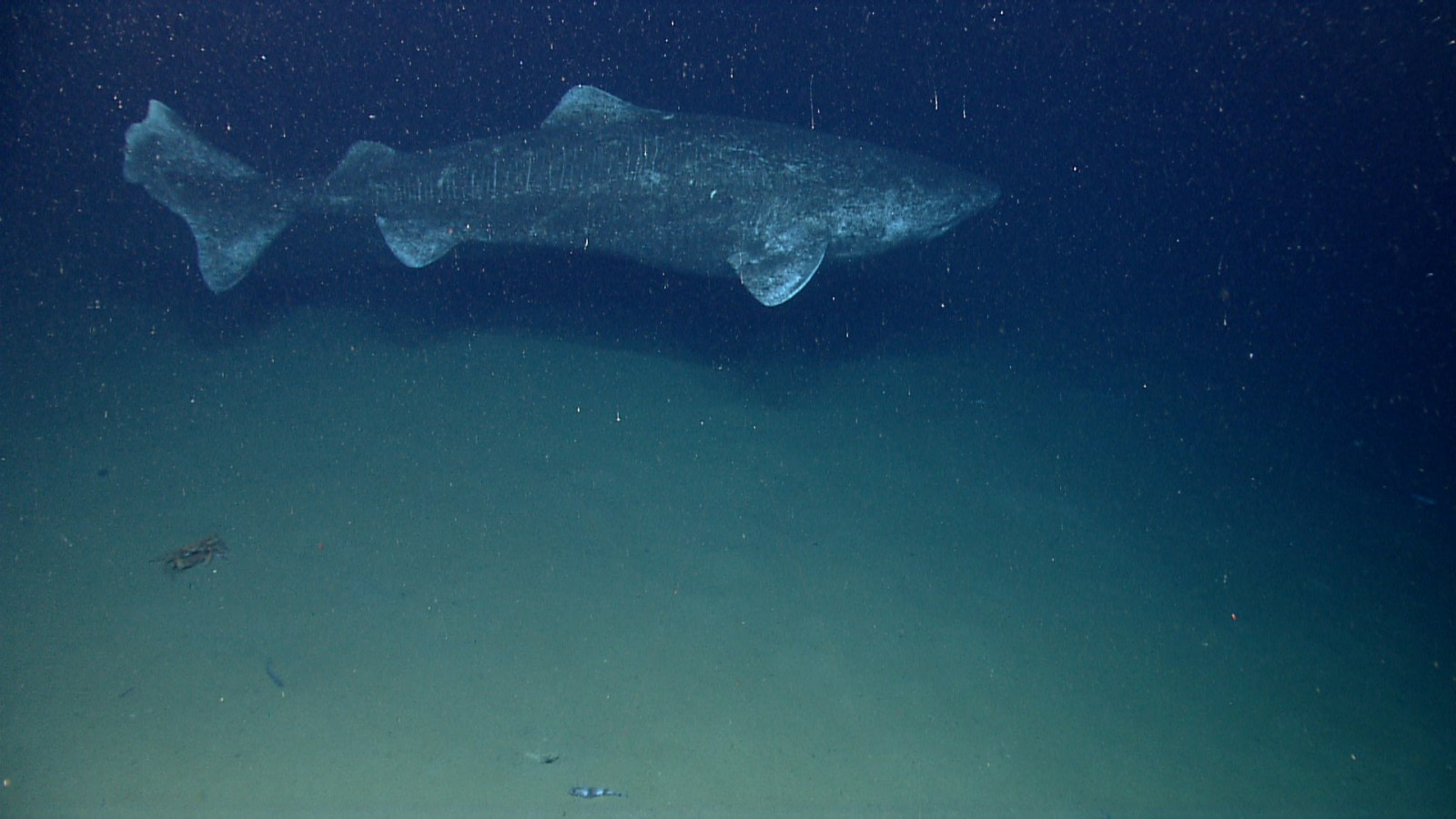

 20 Days / 19 Nights
20 Days / 19 Nights
